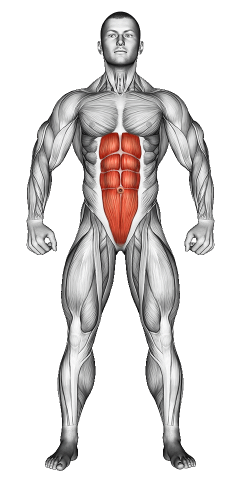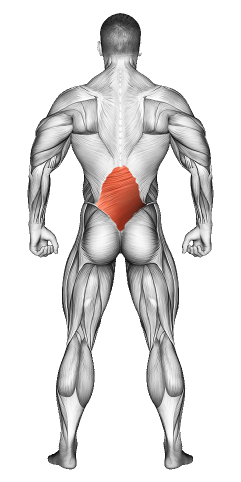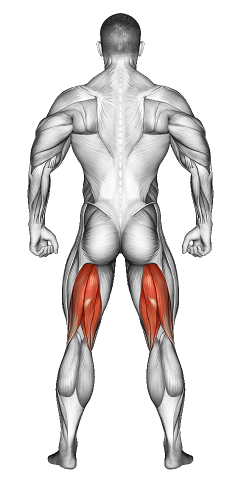Plank Walk Outs - Inchworms: Video Tutorial & Exercise Guide

Written By: Claude Michael
Updated: Oct 13, 2024
| Workout | Plank Walk Outs - Inchworms |
| Primary Muscle Group | Abs |
| Secondary Muscle Group | Lower Back, Hamstrings |
| Equipment Required | Bodyweight |
| Force Type | N/A |
| Mechanics | Compound |
| Exercise Type | Strength |
| Difficulty | Beginner |
Plank Walk Outs - Inchworms: Video Tutorial & Exercise Guide
- 1.Plank Walk Outs - Inchworms: Muscle Groups
- -1.1Primary Muscle Group
- -1.2Secondary Muscle Group
- 2.Plank Walk Outs - Inchworms: Step-by-Step Guide
- 3.Plank Walk Outs - Inchworms: Overview
- 4.Plank Walk Outs - Inchworms: Benefits
- 5.Plank Walk Outs - Inchworms: Pro Tips & Advanced Techniques
- 6.Plank Walk Outs - Inchworms: Progression Plan
- 7.Plank Walk Outs - Inchworms: Frequently Asked Questions (FAQs)
Secondary Muscles Group
Plank Walk Outs (Inchworms): Step-by-Step Guide
- Step 1: Stand tall with your feet hip-width apart. Engage your core and bend at your hips to reach down and place your hands on the floor in front of you.
- Step 2: Slowly walk your hands forward while keeping your legs as straight as possible, lowering your body into a plank position with your hands directly under your shoulders.
- Step 3: Hold the plank position for a moment, ensuring your core is tight, your back is flat, and your body forms a straight line from head to heels.
- Step 4: Walk your hands back toward your feet, keeping your legs straight as you return to a standing position. This completes one repetition.
- Step 5: Repeat for the desired number of repetitions, focusing on slow, controlled movements to engage your core and hamstrings.
Plank Walk Outs (Inchworms): Overview
Plank walk outs, also known as inchworms, are a full-body exercise that works your core, shoulders, and hamstrings. This movement also helps improve flexibility, stability, and core endurance. It’s perfect for building functional strength as it incorporates movement from a standing position into a plank and back.
This exercise is great for warming up the body before more intense workouts or as a part of a core and stability routine. Inchworms are adaptable for all fitness levels and can be made more challenging by increasing reps or adding variations.
Plank Walk Outs (Inchworms): Benefits
Plank walk outs target your core, shoulders, and hamstrings, building strength and stability across the body. This movement also helps improve flexibility in your hamstrings and calves, while enhancing shoulder stability.
It’s a dynamic movement that can be used as a warm-up or as part of a core workout. In addition to building strength, plank walk outs elevate your heart rate slightly, making them a low-impact way to boost endurance and overall conditioning.
Plank Walk Outs (Inchworms): Pro Tips & Advanced Techniques
To get the most out of plank walk outs, focus on keeping your core engaged and your movements controlled. Avoid letting your hips sag or rise too high in the plank position. For an extra challenge, you can add a push-up once you reach the plank position or walk your hands out further than your shoulders to intensify the core engagement.
Plank Walk Outs (Inchworms): Progression Plan
Beginner
Intermediate
Advanced
Plank Walk Outs - Inchworms: Frequently Asked Questions (FAQs)
What muscles do plank walk outs work?
+Plank walk outs primarily target your core, shoulders, and hamstrings. They also engage your arms and lower back for stability.
Are plank walk outs good for flexibility?
+Yes, this exercise improves flexibility in the hamstrings and calves while also promoting better mobility in your shoulders and lower back.
Can beginners do plank walk outs?
+Yes, plank walk outs are beginner-friendly. Focus on moving slowly and maintaining proper form. Beginners can bend their knees slightly if flexibility is limited.
How often should I do plank walk outs?
+Plank walk outs can be done 2-3 times per week, either as part of your warm-up or as a core and conditioning exercise.
What common mistakes should I avoid?
+Avoid letting your hips sag or rise too high in the plank position. Also, ensure your movements are slow and controlled to avoid using momentum.
Share
Don’t Wish for It, Work for It – Join the FlexXP Newsletter Today!
Thank you for signing up for the FlexXP Newsletter!
This site is protected and the Google Privacy Policy and Terms of Service apply.


